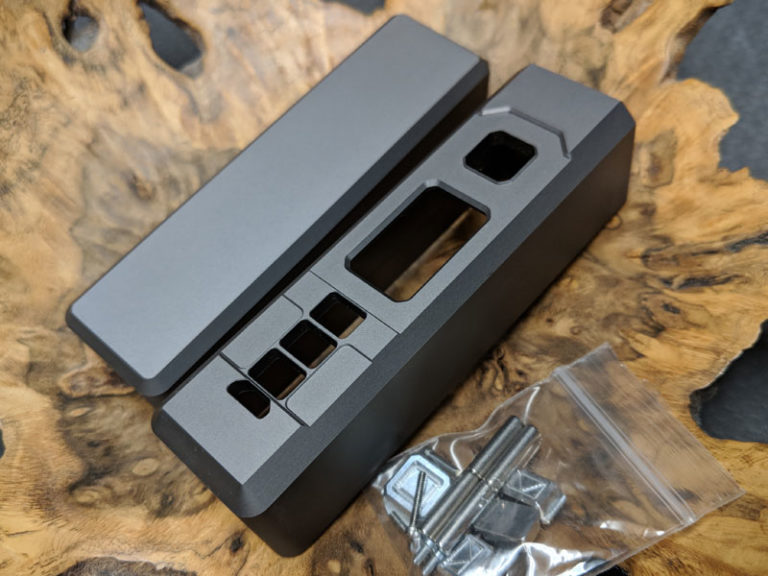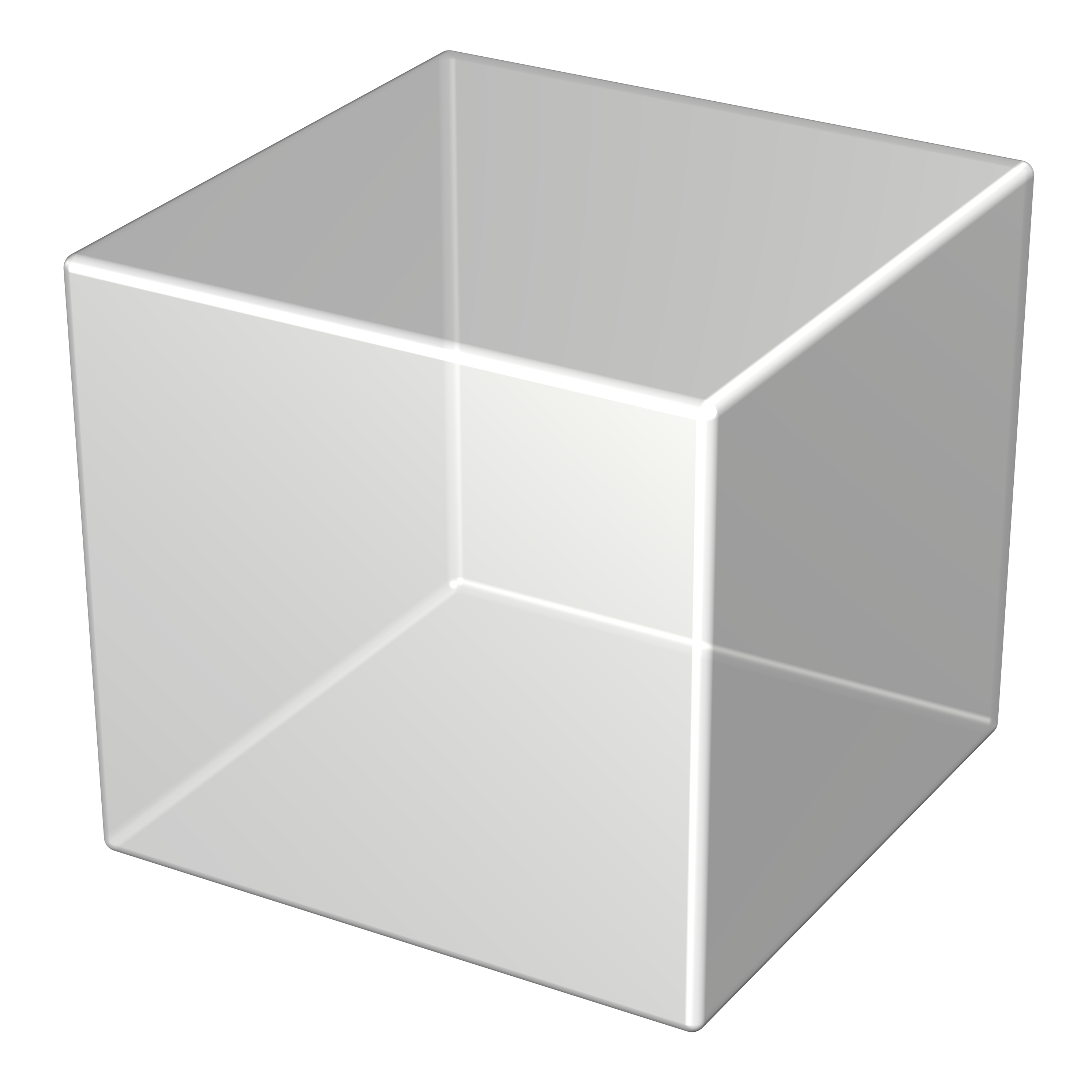

The chi squared test requires known standard deviations which are seldom available, and failed tests give no indication of how to improve the model. This can be repeated using multiple selections of the construction set and the resulting models averaged or used to evaluate prediction differences.Ī statistical test such as chi-squared on the residuals is not particularly useful.

Where sufficient data is available, division of the data into a separate model construction set and one or two evaluation sets is recommended. This approach has the advantages that it does not need the parameters q to be able to be determined from an individual data set and the linear regression is on the original error terms Model validation After checking that the model has been improved this process can be repeated until convergence. For more than one parameter the method extends in a direct manner. So that a T is now in a linear position with all other terms known, and thus can be analyzed by linear regression techniques. For the simple case of a single q value ( q = a T c) and an estimate q* of q. Ī third method is model inversion, which converts the non-linear m( f, p, Ac) into an approximate linear form in the elements of A, that can be examined using efficient term selection and evaluation of the linear regression. Once the non-zero values are located non-linear least squares can be used on the original model m(f,p,Ac) to refine these values. Then the more efficient linear regression can be used to predict q using c thus selecting the non-zero values in A and estimating their values. It is sometimes possible to calculate values of q for each data set, directly or by non-linear least squares. Also the non-linear least squares can provide accuracy estimates for the elements of A that can be used to determine if they are significantly different from zero, thus providing a method of term selection. Selection of the nonzero terms can be done by optimization methods such as simulated annealing and evolutionary algorithms. Once a selection of non-zero values is made, the remaining coefficients in A can be determined by minimizing m( f, p, Ac) over the data with respect to the nonzero values in A, typically by non-linear least squares. The model completion becomes an optimization problem to determine the non-zero values in A that minimizes the error terms m(f,p,Ac) over the data. It is then a matter of selecting which terms in A are non-zero and assigning their values. This relation can be specified as q = Ac where A is a matrix of unknown coefficients, and c as in linear regression includes a constant term and possibly transformed values of the original operating conditions to obtain non-linear relations between the original operating conditions and q. The parameters q vary with the operating conditions c in a manner to be determined. The vector q gives some variable parameters that are the model's unknown parts. Where the vector function m gives the errors between the data p, and the model predictions. In many cases a model can be converted to a function of the form: m(f,p,q) Typically c will contain values extracted from f, as well as other values. For a particular structure it is arbitrarily assumed that the data consists of sets of feed vectors f, product vectors p, and operating condition vectors c. Within a particular model structure, parameters or variable parameter relations may need to be found.


Models with unlike theoretical structures need to be evaluated individually, possibly using simulated annealing or genetic algorithms. The general case is a non-linear model with a partial theoretical structure and some unknown parts derived from data.


 0 kommentar(er)
0 kommentar(er)
